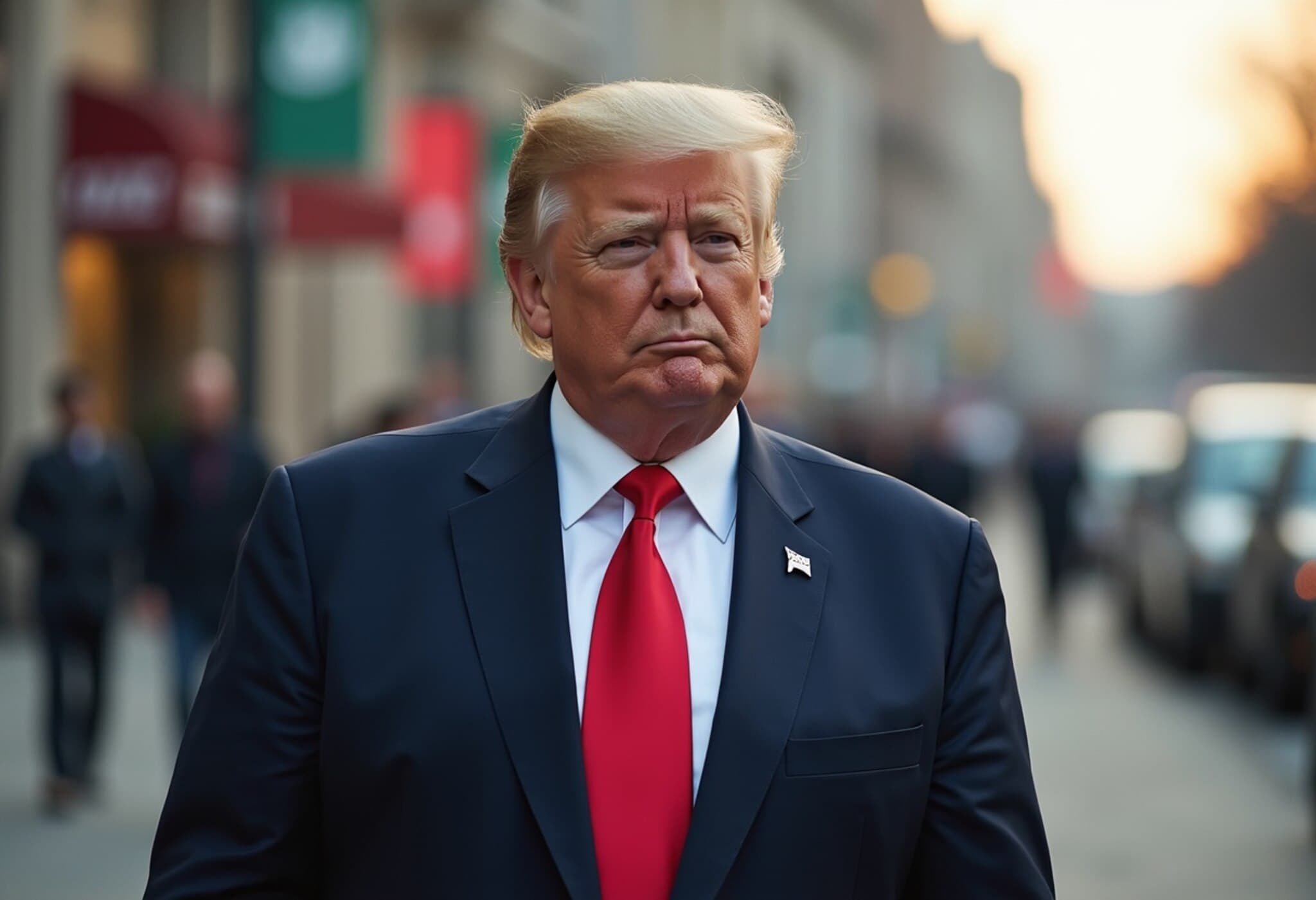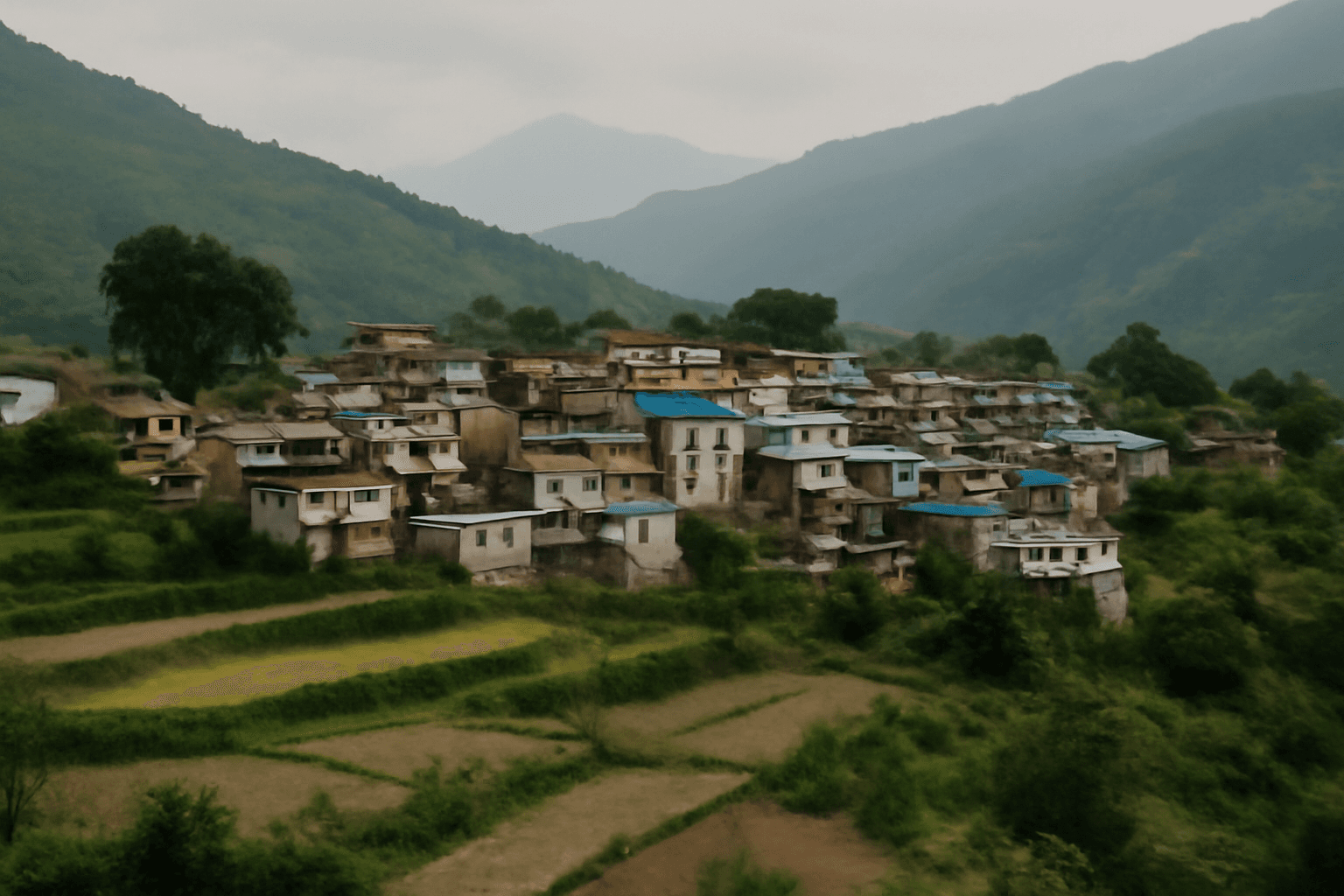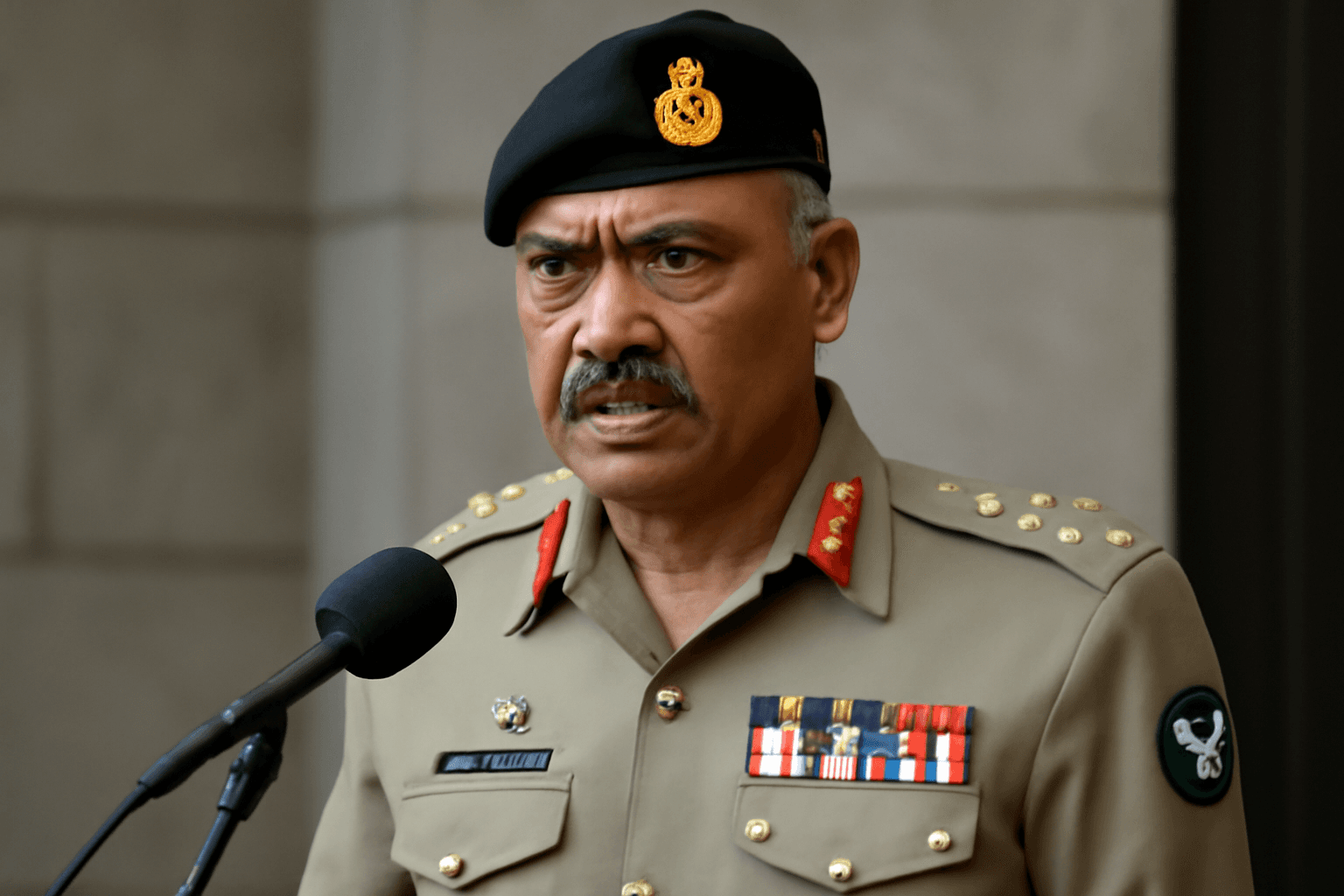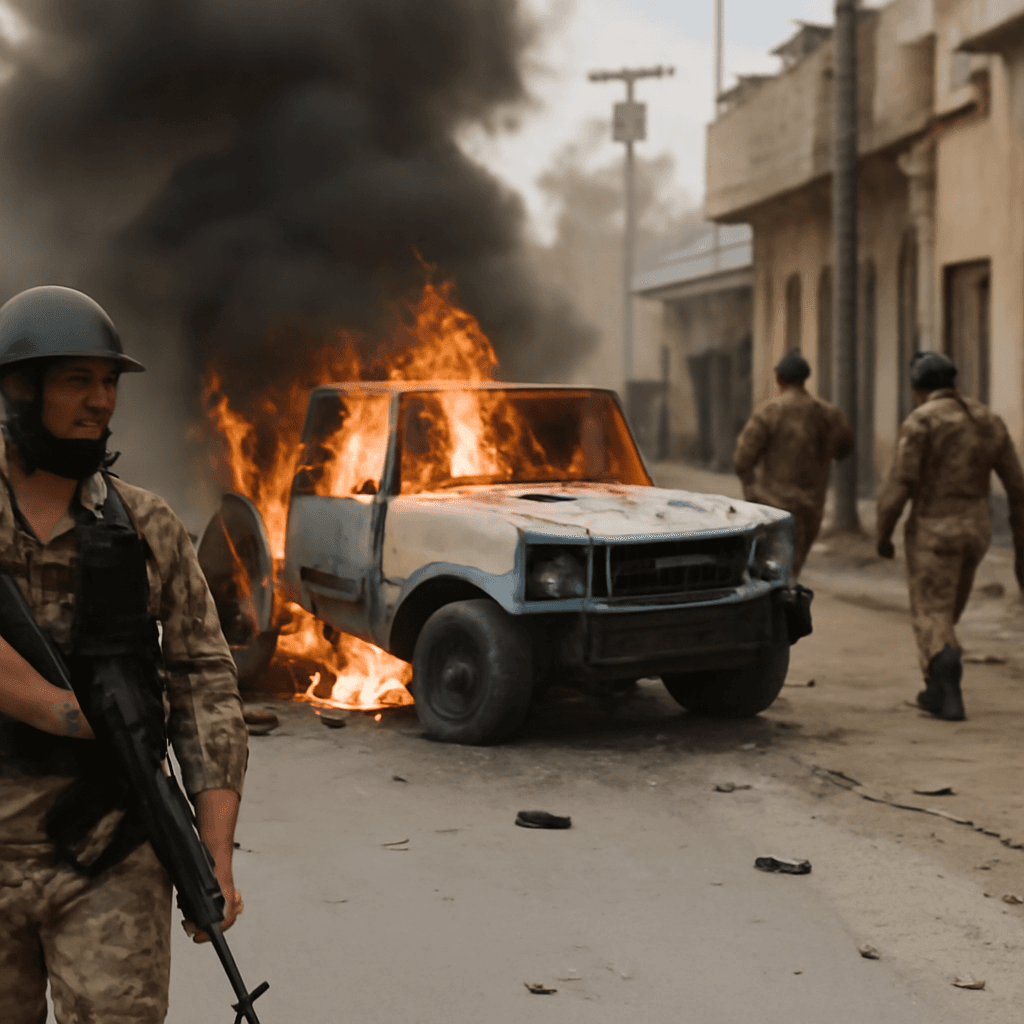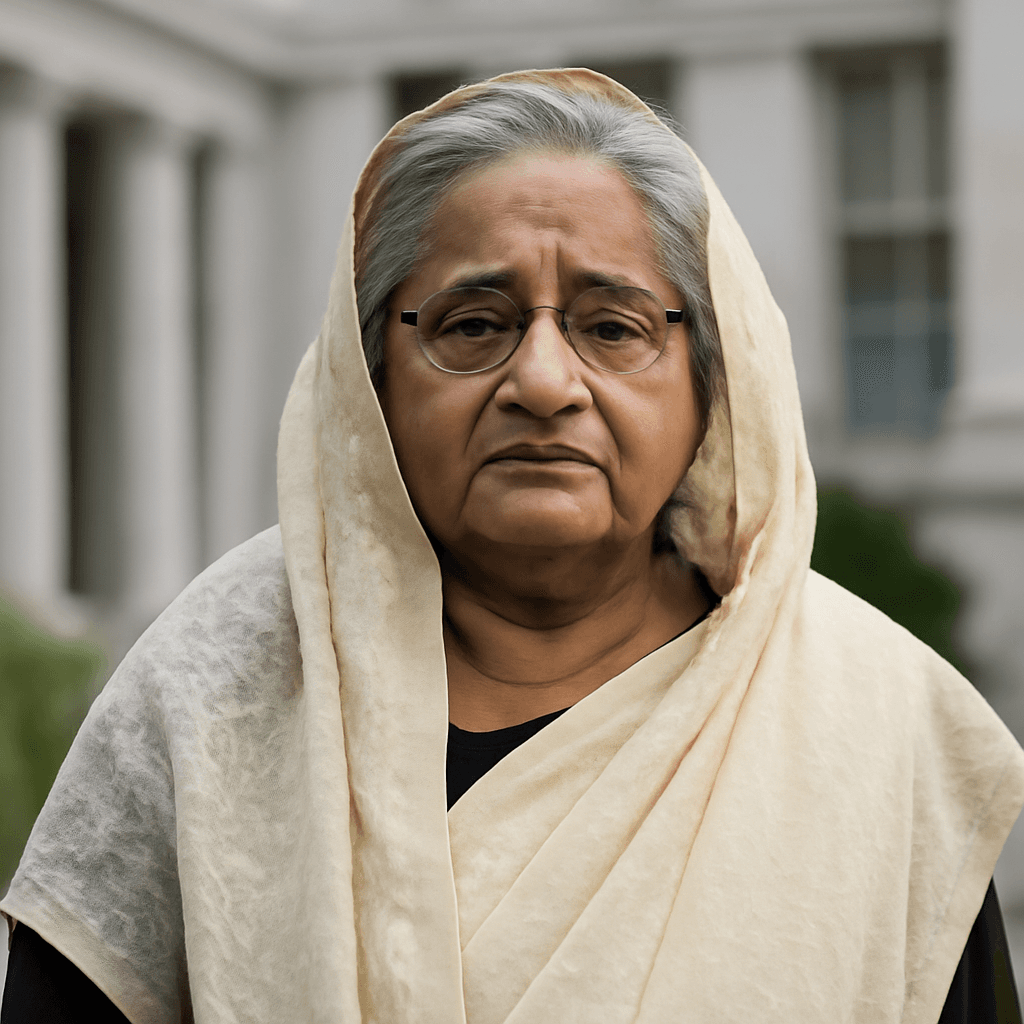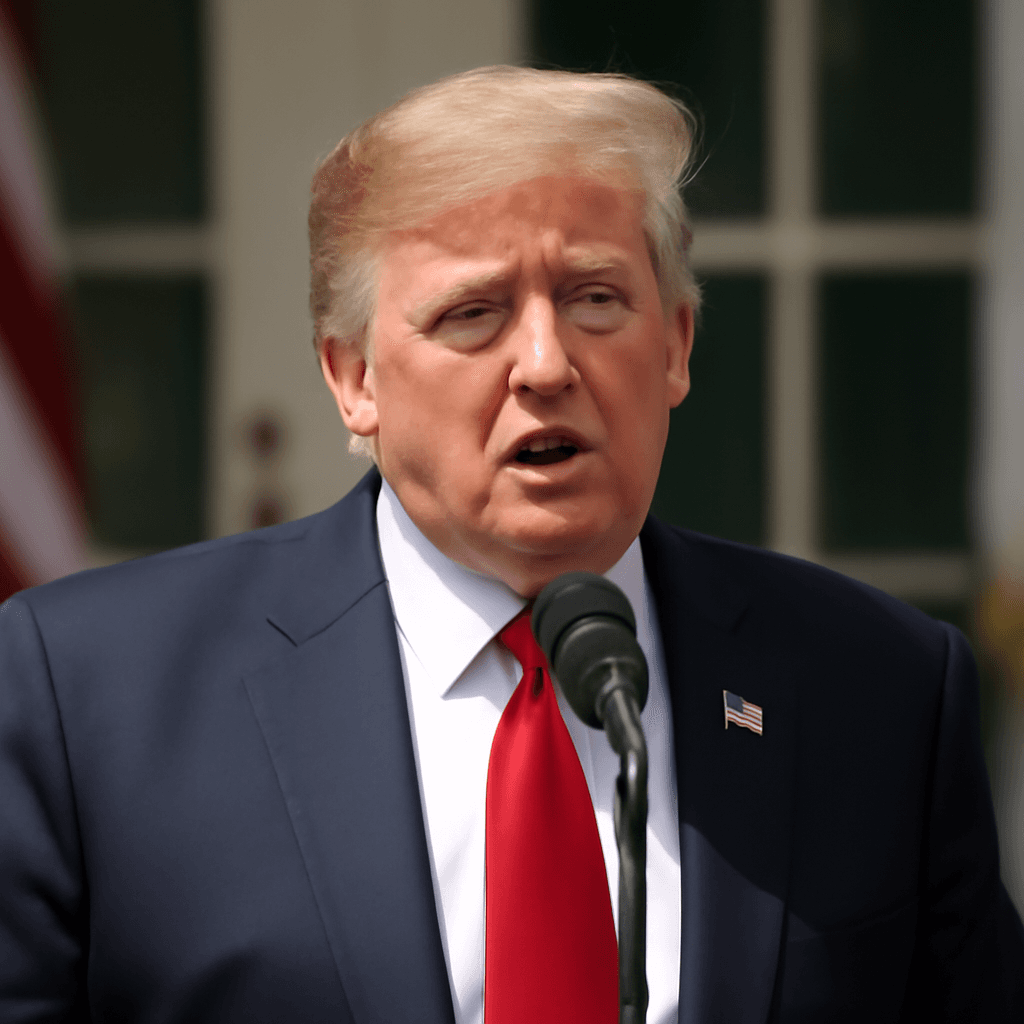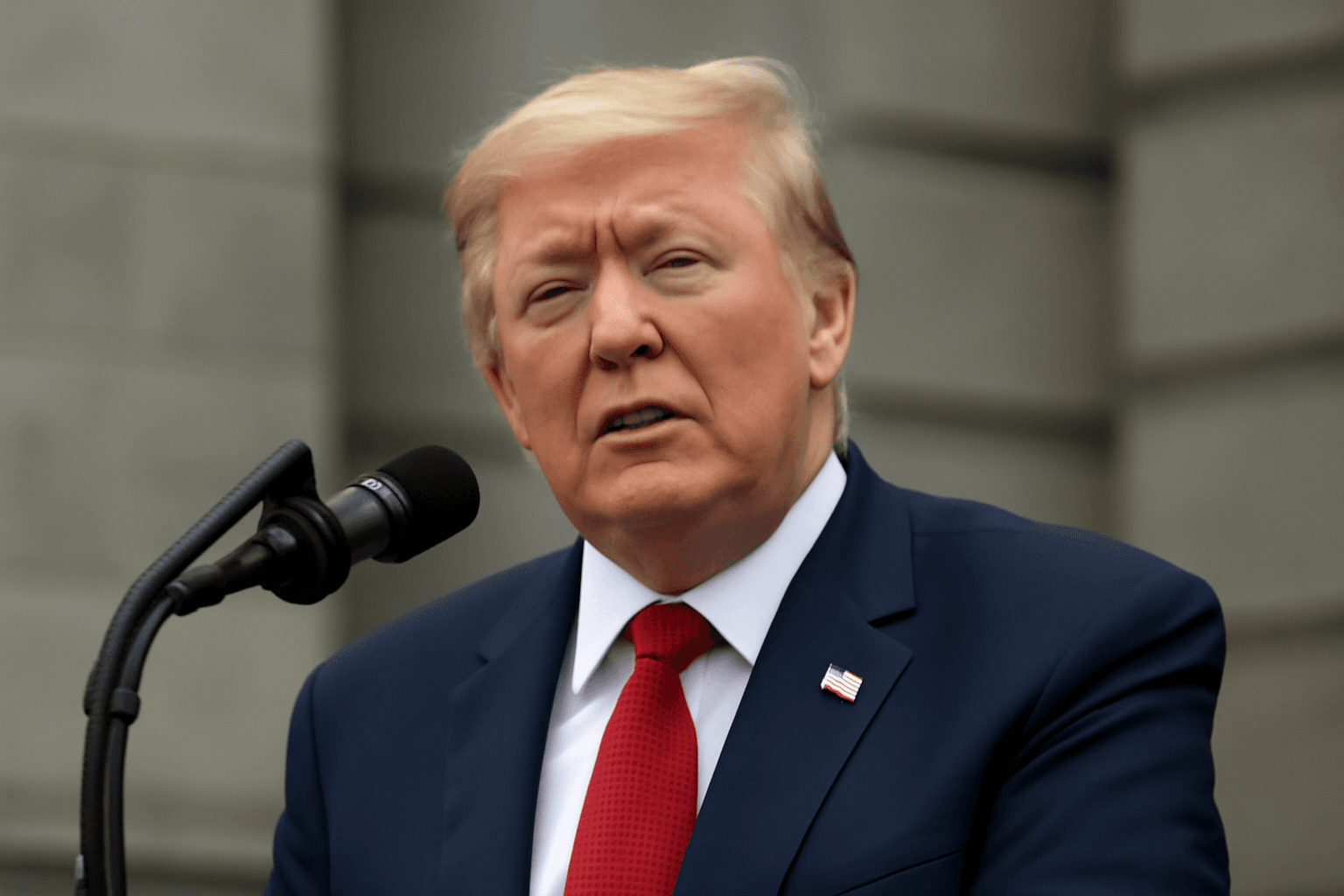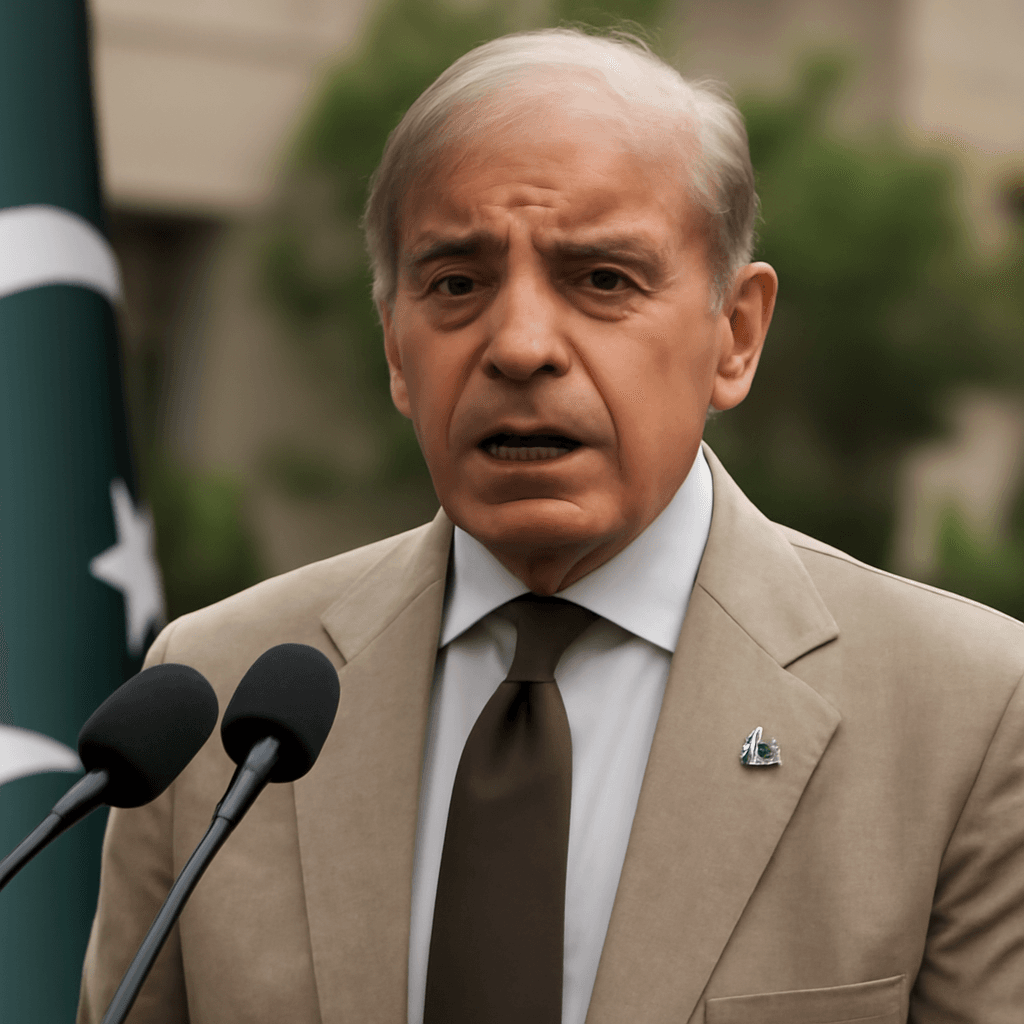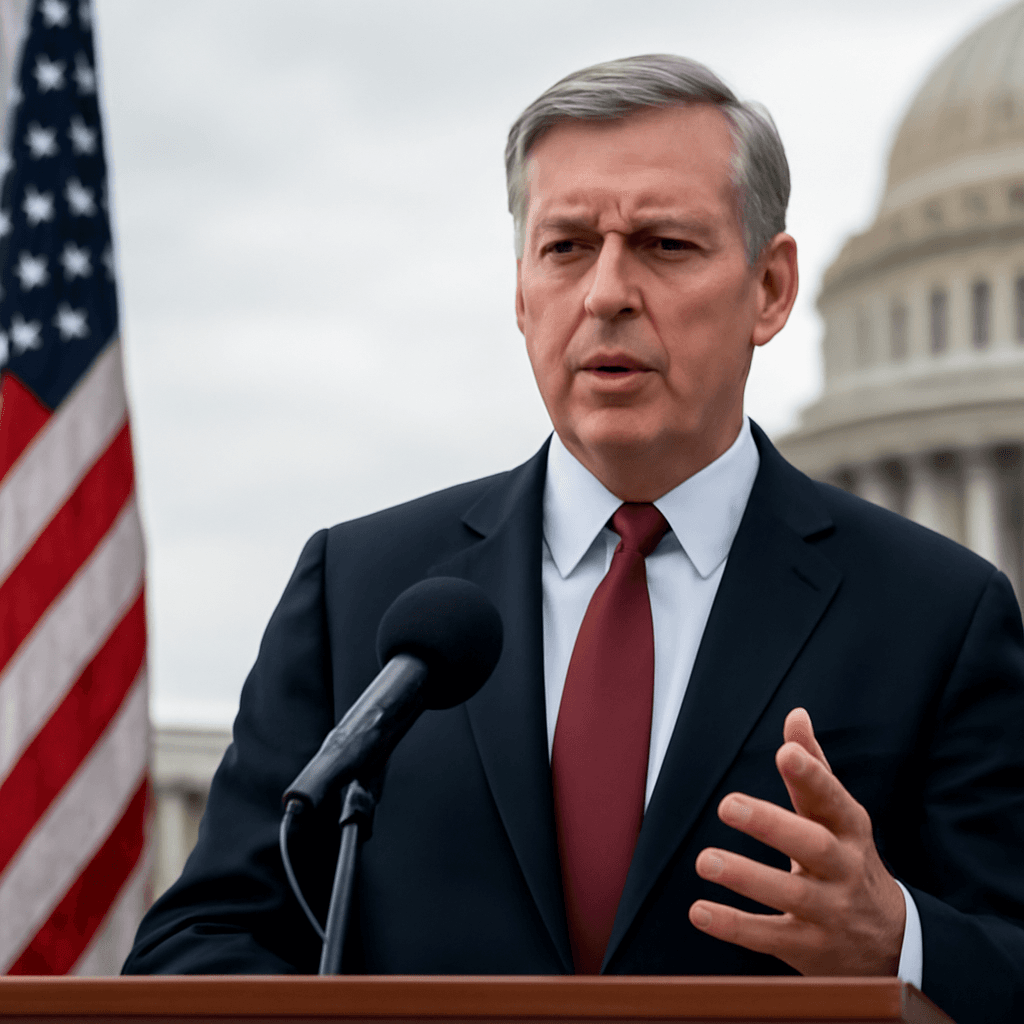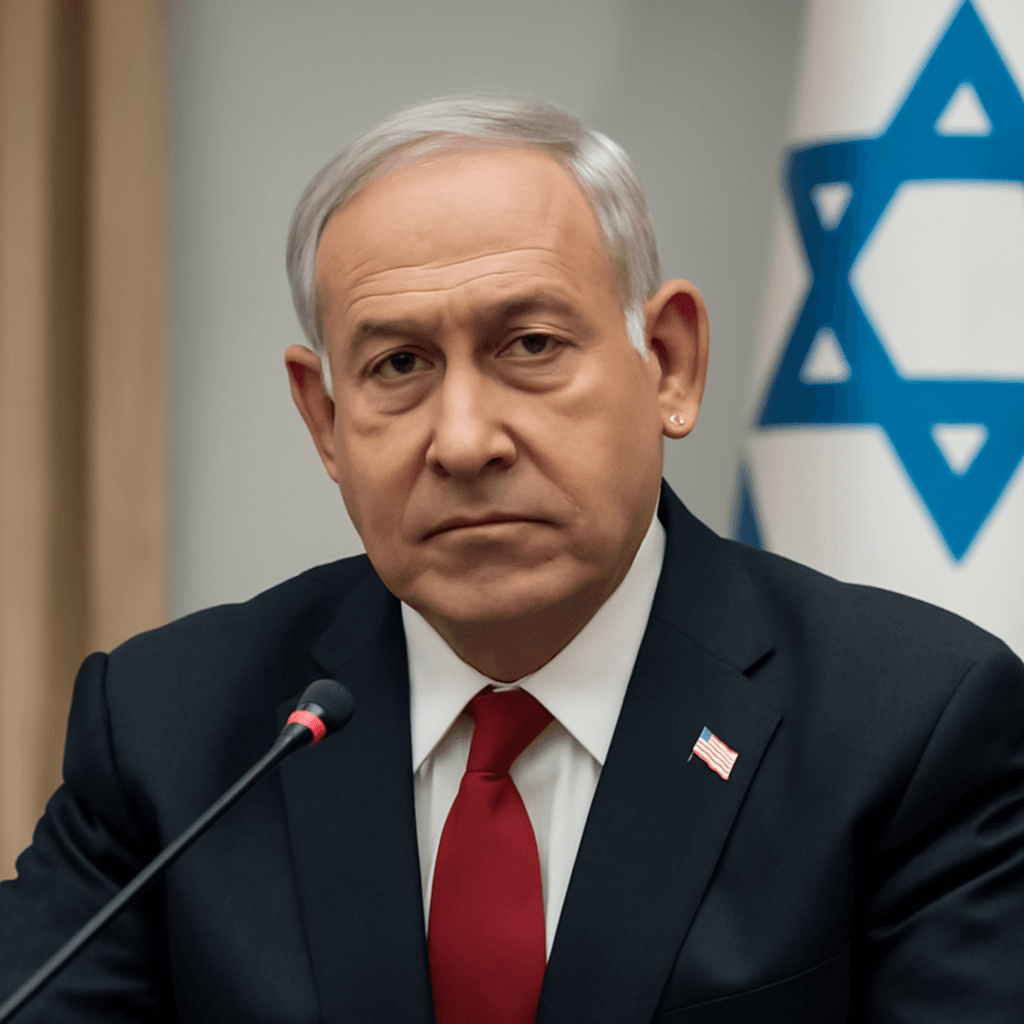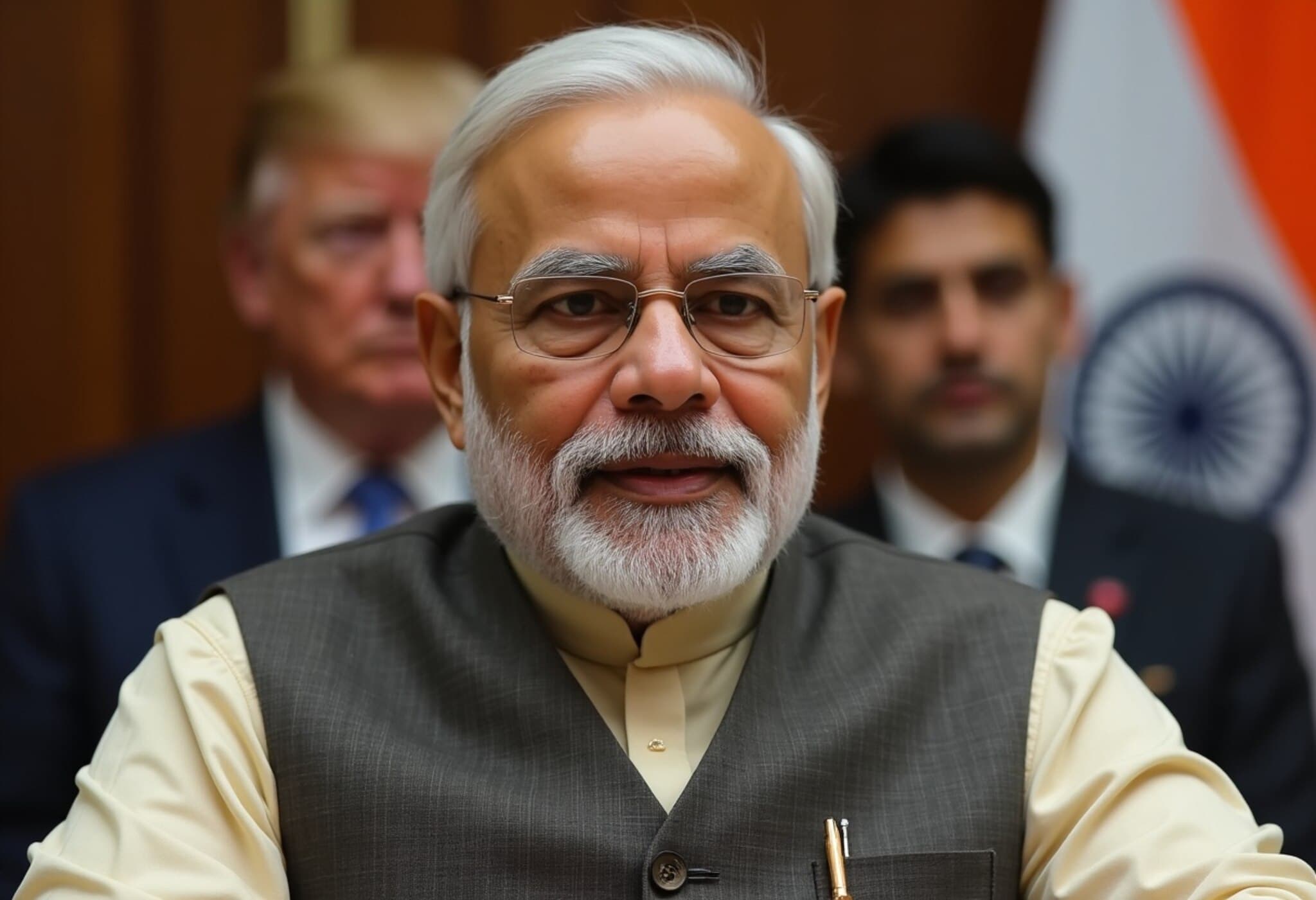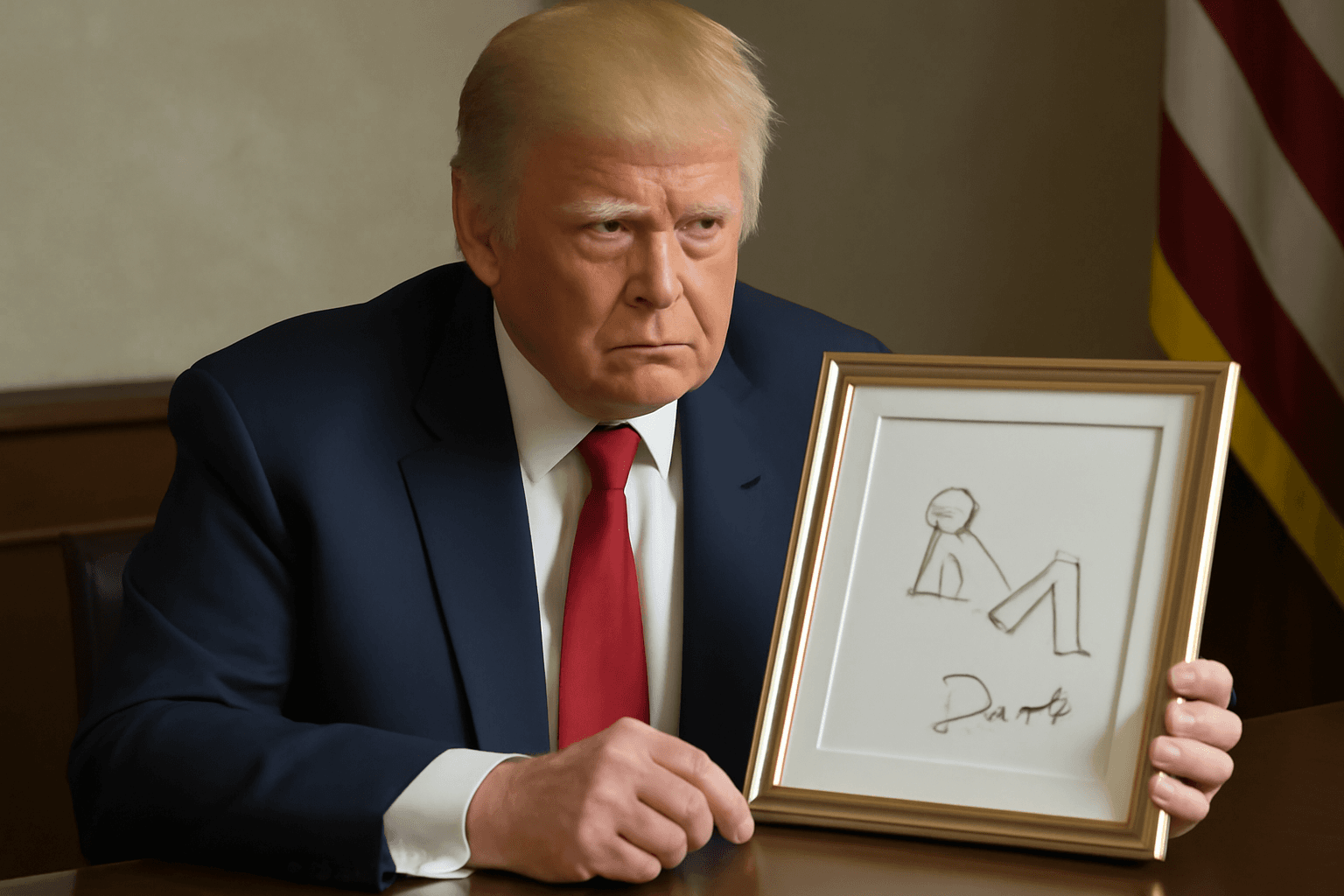Trump Alleges Multiple Jets Shot Down During India-Pakistan Hostilities
In a recent statement at a White House dinner with Republican lawmakers, US President Donald Trump asserted that up to five jets were shot down during the heightened tension between India and Pakistan earlier this year. This conflict ignited after a militant attack in Kashmir in April and eventually cooled following a ceasefire in May.
Disputed Claims Amid Ceasefire Talks
Trump did not clarify which nation's aircraft were involved or provide further detail, stating: "Planes were being shot out of the air. Five, five, four or five, but I think five jets were shot down actually." These comments come as Pakistan has publicly claimed to have downed five Indian jets during air-to-air combat. Conversely, Indian military leadership acknowledged losses on the first day of fighting but reported that India gained air superiority leading up to the ceasefire. India, in turn, alleged it neutralized a few Pakistani jets, while Pakistan denied any aircraft losses but admitted its air bases sustained damage.
The Question of Third-Party Mediation
President Trump has repeatedly taken credit for brokering the ceasefire, which he announced via social media on May 10, implying significant US diplomatic involvement. However, Indian officials have firmly denied any third-party mediation role, affirming that New Delhi prefers to resolve disputes with Islamabad directly and without external interference. This divergence signals the complexity of diplomatic narratives surrounding the conflict and the differing public stances of involved parties.
Geopolitical Implications and Regional Context
The enduring rivalry between India and Pakistan rooted in Kashmir remains a flashpoint with grave implications for regional stability. The April attack, which tragically killed 26 individuals, was swiftly blamed by India on Pakistan-based militants—an accusation Islamabad denies while advocating for neutral investigations. Washington condemned the attack but notably avoided directly blaming Pakistan, underscoring its delicate balancing act.
This conflict unfolds amid shifting geopolitical dynamics. India has grown into a critical strategic partner for the United States in countering China's expanding influence in Asia. At the same time, Pakistan maintains its alliance with the US, complicating Washington's diplomatic tightrope.
Expert Commentary: The Real Impact of Air Combat Claims
The conflicting narratives about jets shot down during the conflict highlight a recurring feature in India-Pakistan hostilities—mutually contested claims aimed at showcasing strength. Expert analysts note that while precise loss figures are often difficult to verify independently, such claims serve domestic political objectives and influence international perceptions.
Moreover, attributing the ceasefire's success solely to external mediation oversimplifies the deeply entrenched bilateral dynamics. Regional experts emphasize that lasting resolutions require direct dialogue and confidence-building measures rather than continued reliance on third-party interventions, which are often viewed skeptically in South Asia.
Looking Ahead: The Path to Stability
- Direct Dialogue: Encouraged by India’s insistence on bilateral engagement, renewed talks between the two capitals remain imperative.
- Confidence Building Measures: Steps such as ceasefire agreements along the Line of Control and humanitarian cooperation often set constructive precedents.
- Neutral Investigations: Calls for impartial probes into incidents like the April attack could pave the way for trust restoration.
- Role of External Players: While the US and others can facilitate communication, sustainable peace depends on regional ownership.
Editor’s Note
The recent India-Pakistan conflict once again underscores the volatility often associated with Kashmir-related tensions. President Trump’s claims about jets being shot down add color to the narrative but require cautious interpretation given conflicting accounts and political motivations. Importantly, the contested role of the US in brokering the ceasefire highlights the nuanced interplay of diplomacy, regional sovereignty, and international posturing.
For observers and policymakers alike, this episode raises essential questions: How can lasting peace be fostered in South Asia’s most dangerous rivalry? What balance should external powers strike between engagement and respect for bilateral sovereignty? And how can accurate, transparent information prevail amid competing claims?
These questions remain pivotal as the region navigates an uncertain path forward.

